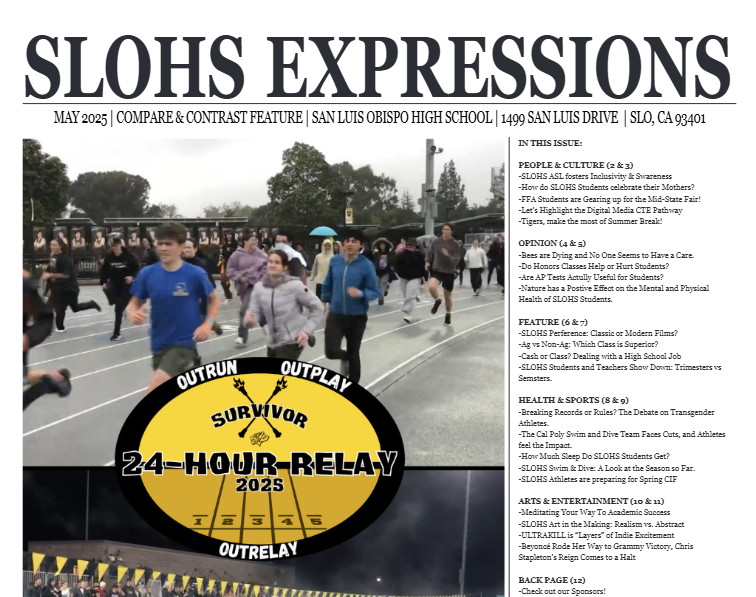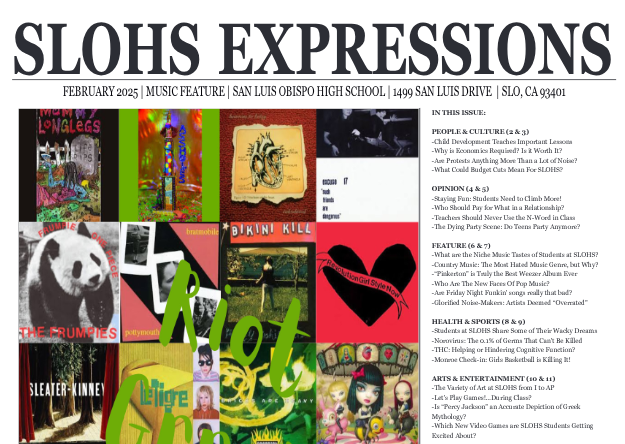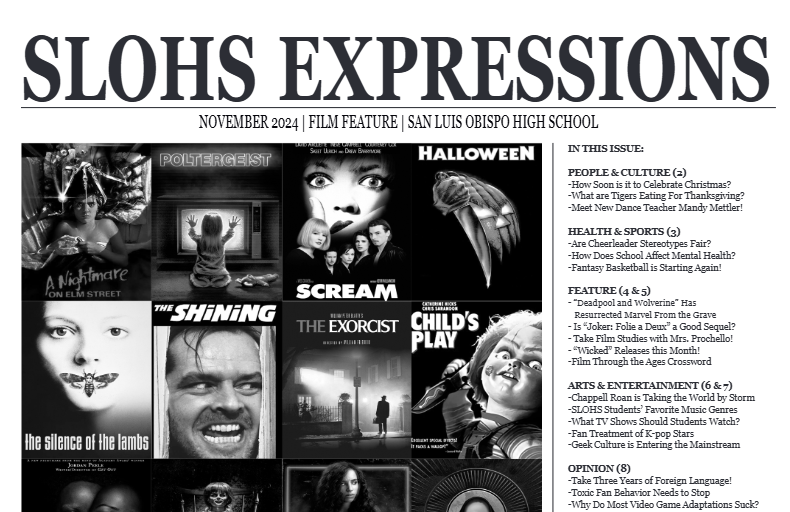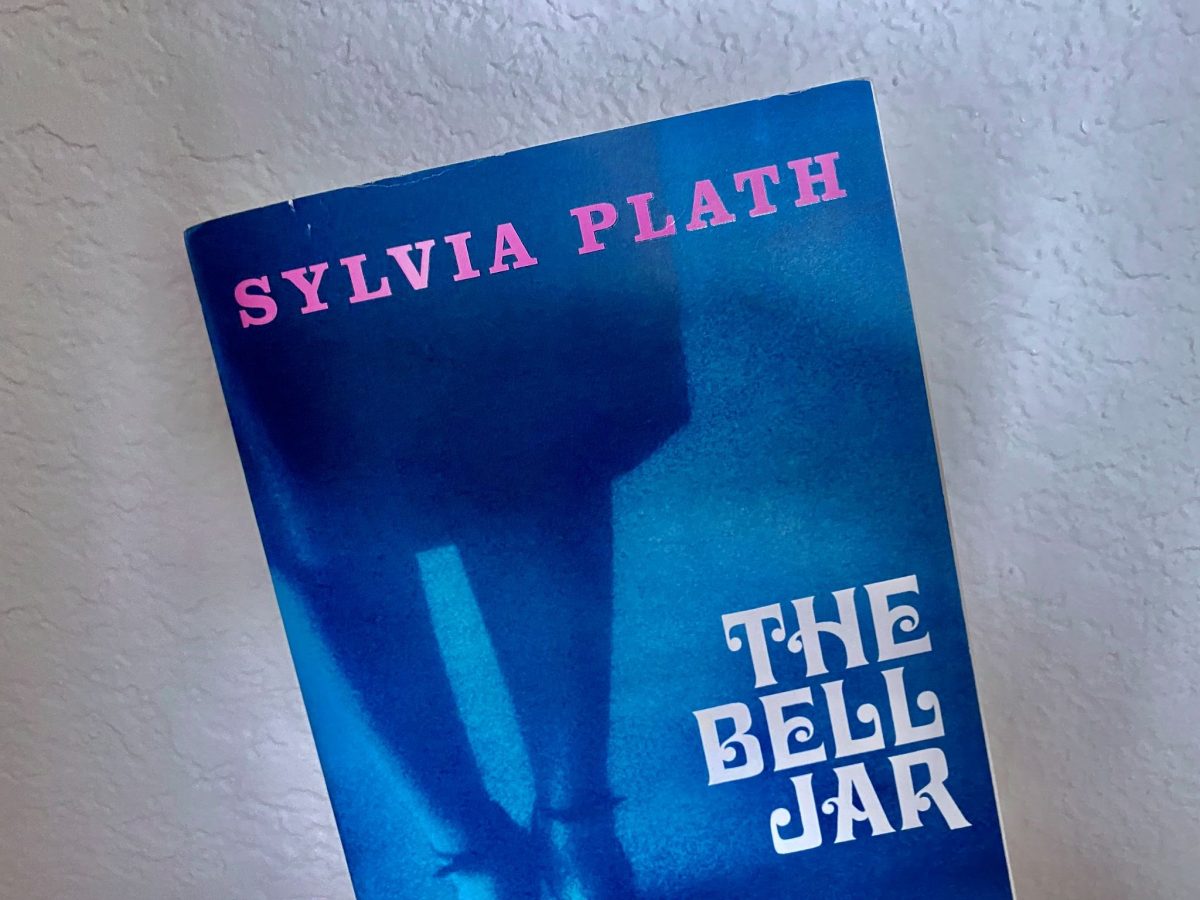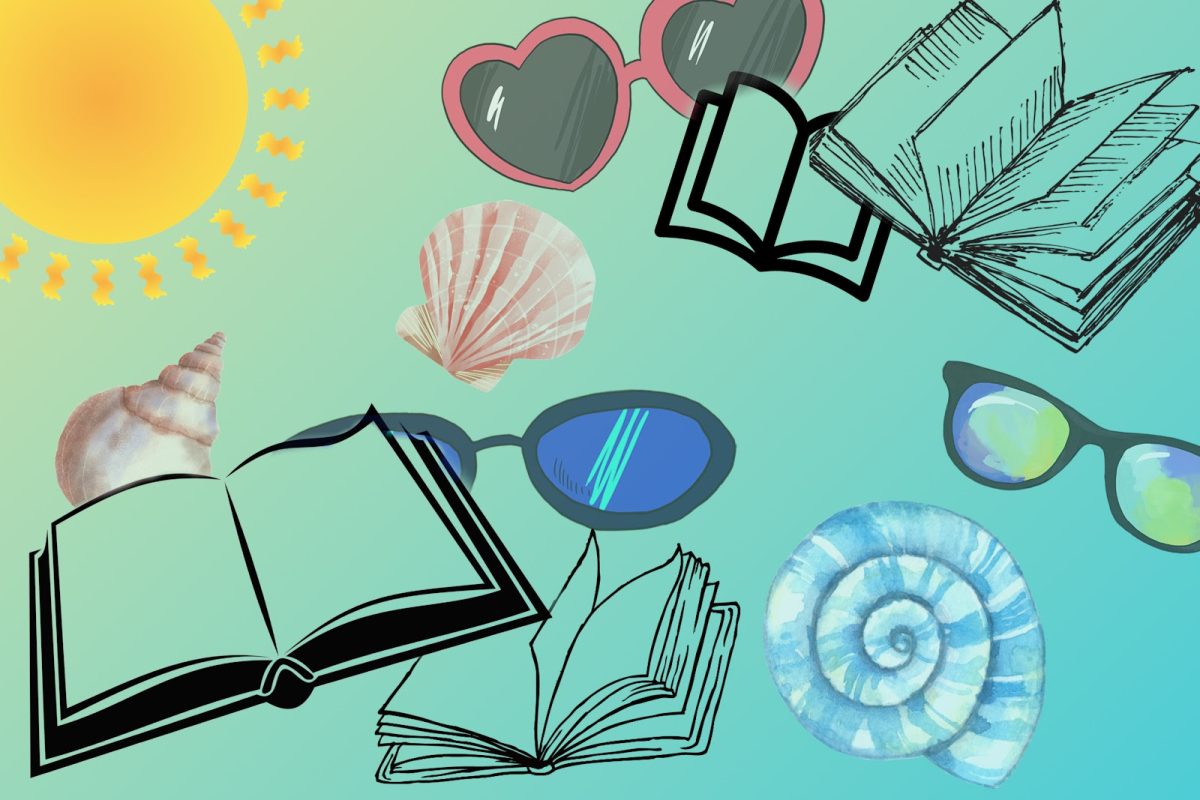Photo courtesy of sophomore Erika Spargo.
Countless schools and education systems including San Luis Obispo High School teach pieces of literature to students because of the good central message that they send to readers.
“The Bell Jar” is one of them, known for its poignant and strong feminist message.
“I think this book has a positive impact on readers who are looking for a talented, American, female voice to give a semi-autobiographical look at mental illness. The prose is stellar, and students can learn a tremendous amount about their own writing by studying and reading a novel like this one,” said English teacher Laurie Decker.
Written by author Sylvia Plath, “The Bell Jar” is deemed as one of America’s most renowned modern books and documents the life of fictional character Esther Greenwood in the 1950s. The book is semi-autobiographical, with Esther’s life paralleling Plath’s.
“I was introduced to ‘The Bell Jar’ and Sylvia Plath’s literature through TikTok, and I think it’s great that literature like this is becoming more accessible to readers my age,” said senior Ryan Schisler.
In the story, Esther deals with depression and an adolescent crisis while attempting to decide what to do with her future after college. The book provides a thoughtful insight to her unraveling life, and it seems as though she never knows exactly what she wants.
She suffocates under the metaphorical “bell jar” that entraps her as she experiences issues that first started the feminism movement, including physical violence by men and the obligations of becoming a married mother.
Women and students at SLOHS relate to Esther’s story and three million copies of “The Bell Jar” have been sold in America. But while this book is marketed as “revolutionary” and “groundbreaking” for helping women deal with their hardships, parts of this book are not as progressive as people celebrate them to be.
For instance, when Esther gets sent to a mental hospital she looks at herself in the mirror and describes her reflection as a “big, smudgy-eyed Chinese woman staring idiotically into my face”. She also describes people from Peru as “ugly as Aztecs”, and says that her bruised skin color is “yellow as a Chinese man”.
If anything, Plath’s book set back racial equality movements at the time. Although “The Bell Jar” may have pushed the feminism movement forward in the mid-20th century, its “groundbreaking” credentials should be rethought.
“The novel uses race in a rather disturbing way connected to Esther’s double that perhaps echoes what was going on in our country culturally at this time in history,” said Decker.
“The Bell Jar” is a unique book, but there are countless other books like this one that don’t include the same problems.
“Although I think it’s an important piece of literature to learn about because of the way it teaches about the struggles of mental health, especially in the U.S, the racial remarks throughout the book should not be ignored,” said Schisler.
“I would suggest ‘The Awakening’ by Kate Chopin, ‘The Perks of Being a Wallflower’ by Stephen Chbosky, and ‘Heart Berries: A Memoir’ by Terese Marie Mailhot,” said Decker.
Sources: Plath, Sylvia. The Bell Jar. Faber & Faber, 2019.
























